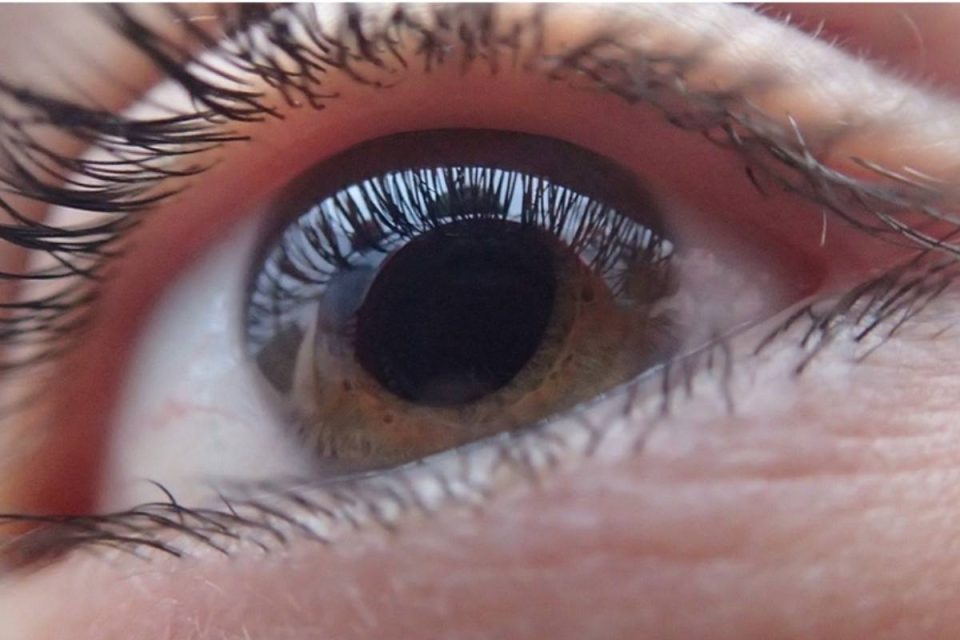Glaucoma is a type of disease that affects the optic nerve. It’s due to the pressure in the eyes, which may be caused by the fast fluid production or fluid not draining. This disorder progresses slowly and may take an average of 10 to 15 years to develop from its early stage to total blindness. However, it also depends on the eye pressure because the higher it is, the quicker the progression.
For instance, the disease may take 15 years to progress if the Intraocular Pressure or IOP is 21 to 25 mmHg, but it may only take three years if the IOP is over 30 mmHg. Even those with normal eye pressure may also suffer from glaucoma, although it may progress much slower than other types. There is no cure for this eye disease, but early detection and treatment can help slow down or stop its progression, thus preventing blindness. There are various glaucoma treatments available, including the following:
Laser therapy and surgery
These options can help reduce pressure in the eyes by draining fluid. For example, laser treatment for glaucoma uses a laser to make the eye tissues drain fluid better. You may not get an immediate result from the surgery, but you will see its effect within a few weeks. Another treatment is through the use of a drainage tube, which is inserted in the eyes to expel fluid and provide relief. Filtering surgery, on the other hand, is where the doctor creates an eye opening to drain fluid. Other minimally invasive procedures that relieve eye pressure have lower risks and require a shorter recovery period.
Eye drops
Doctors also often prescribe eye drops for treating glaucoma. These medications could help make the eyes produce less fluid or drain fluid well. Some of these drops are:
- Miotic agents. These drops are usually prescribed for use up to four times daily, and they improve the flow of eye fluid. Side effects may include blurred vision, nearsightedness, eye ache, and headache.
- Rho kinase inhibitor. It slows down fluid production in the eyes but may cause discomfort and redness.
- Carbonic anhydrase inhibitors. These drops are often used twice or thrice daily and can slow down fluid production in the eyes. They also have side effects like a tingling sensation on toes and fingers and frequent urination.
- Alpha-adrenergic agonists. These medications both reduce the production and increase the draining of fluid in the eyes. They may also be used twice or thrice a day. Some side effects are dry mouth, red eyes, fatigue, and high blood pressure.
- Beta-blockers. They decrease fluid production in the eyes but may cause fatigue, low blood pressure, and breathing difficulty.
- They relieve eye pressure by improving the draining of fluid. Side effects may include blurred vision, iris darkening, and red eyes.
Oral medication
Eye drops are often prescribed with oral medications to relieve eye pressure. However, they also have side effects like kidney stones, upset stomach, and frequent urination.
Get a regular eye check with your doctor to detect problems like glaucoma and get immediate treatment.

